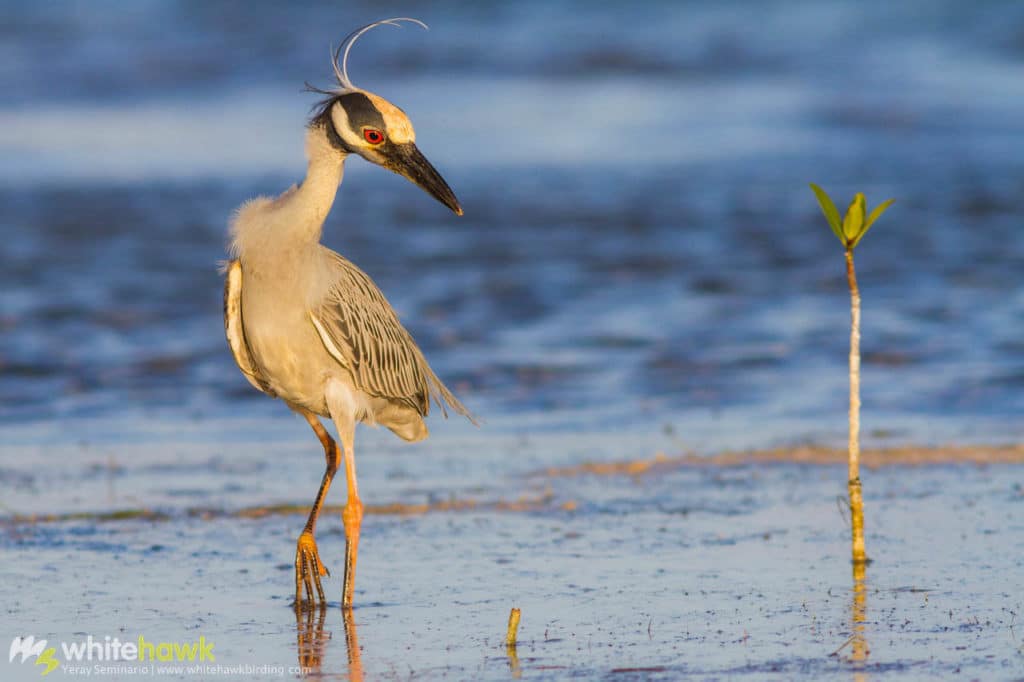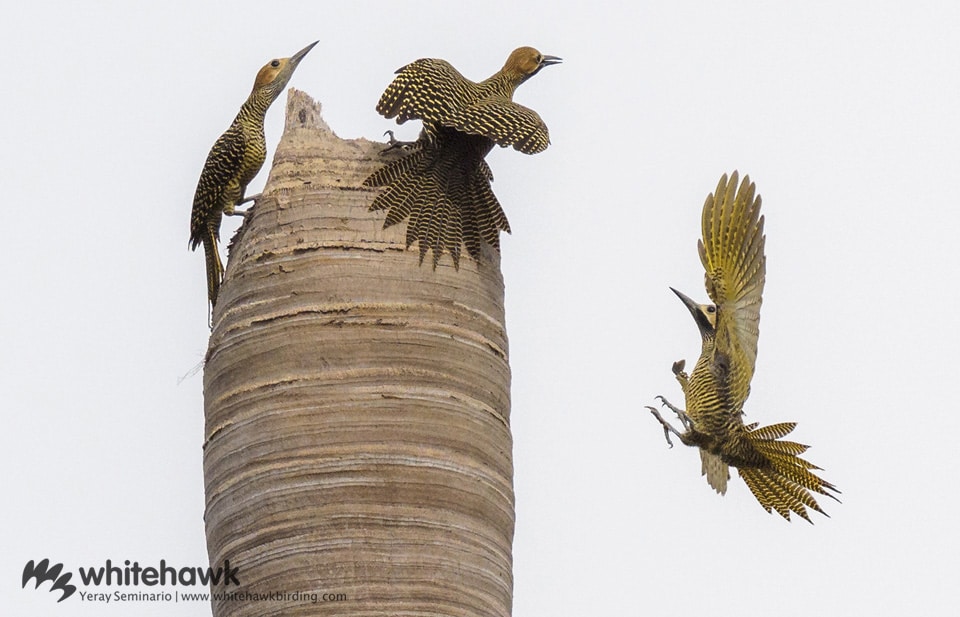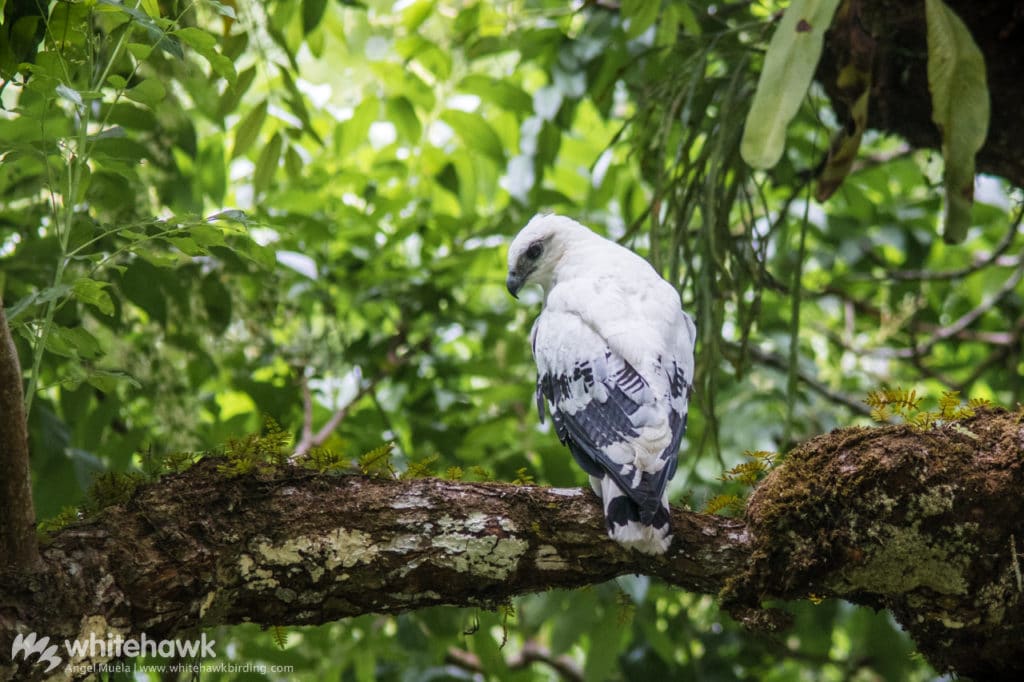Though still not a common term, you may have heard it floating around in your birding circles or on social media. If you have heard of it, you might be wondering “What is ornitherapy?” And, “How can I practice it?” Simply put, Ornitherapy is the practice of observing birds to calm the mind, to ground or center yourself, or to help focus your thoughts on the present moment. The good news is there is no right or wrong way to practice Ornitherapy. The trick is to find what works for you.

Some tips for getting started
Here we provide a few tips to get you started. Try them out. Some might work as is, others might need to be adapted for your personal tastes, others you might toss aside straight away. If none of these tips work for you, we hope they might spark some ideas that do. The most important thing is to keep experimenting until you find your own best way to practice Ornitherapy.
1. Set your bird list aside (just for a little while). At Whitehawk, we are huge supporters of keeping lists, and use platforms such as eBird to do so. We understand the importance of collecting data on bird sightings. But whether you keep a list to support scientific efforts, because it is a nice keepsake from a trip, or because you just happen to like lists, it might be beneficial to try birding without one. Just once. Try it and let us know how it went.
2. Focus on bird behavior. Sometimes we get so caught up in trying to see a bird, we don’t actually see the bird. Sure, we look for tell-tale field markings – did we spot its red head, or yellow eye, or malar stripe? But, what else might we be missing? To find out, spend some time just observing bird behavior. This is most easily done with a common bird – whether a sparrow at your feeder, or a dove on your balcony. Though not all birds like to sit still for very long, challenge yourself to find a species that does. Then spend as long as you can in quiet observation. How did this make you feel?

3. Journaling. The wonderful thing about writing about birds is that it can be done at almost any time and just about anywhere. Perhaps you prefer to carry a notebook and muse about your feelings beneath the shade of a large tree. Maybe you prefer to do this from home, with a nice cup of tea at your side. Writing about birds can be a great way to focus your mind. You might choose to write about something humorous that happened while birding, or an amazing encounter you had, or perhaps just how birding makes you feel. Give it a go! Let us know if it helped you to concentrate.
4. Draw like a child. Sadly, so few adults make the time to just sit down and draw with abandon. Perhaps you feel you just don’t have the time or the energy, or you let our own inner critic dissuade you with three simple words “I can’t draw.” But think about how happy a child is when he or she is creating art. We never hear a young child say “I can’t draw.” They can draw, simply because they do draw. And so can you! Don’t be afraid to draw stick figures, exaggerated beaks and eyes, lopsided wings, bright colors – just as a child would do. Remember, Pablo Picasso said, “It took me four years to paint like Raphael, but a lifetime to paint like a child.”

5. Tune in to bird calls. When we start studying bird calls – an admirable and important effort if one is to become an expert at bird identification – it is easy and perhaps necessary to take a more “clinical” approach. We train our minds to associate certain calls with certain species. When we hear this call in the wild, our minds automatically picture the bird. But birds have their own special kind of music. We sometimes forget that. The next time you have some moments to spare and are in an area where birds are singing, try to forget about which species is singing and what the calls might mean. Close your eyes and treat yourself to one of the best symphonies around.
Whitehawk and Ornitherapy
On Whitehawk’s Ornitherapy tours we employ many of these techniques and more. Rather than focusing on creating a long list of birds (but don’t worry, our guides will still keep a list during these tours which will be shared with you) but rather on quality time spent. As possible, we enjoy observing the activity – how they feed and forage, interact with others, etc. We incorporate guided yoga and meditation practices, and include mindfulness activities, such as nature walks and art. We also provide free time for relaxation, self-reflection.

Check out our scheduled Ornitherapy tours here or contact us and we can create a private, customized Ornitherapy tour for you. Whether you are a yoga teacher looking for a unique retreat idea for your students, or a group of friends looking to get away, we will be happy to work with you to create the trip of a lifetime.


